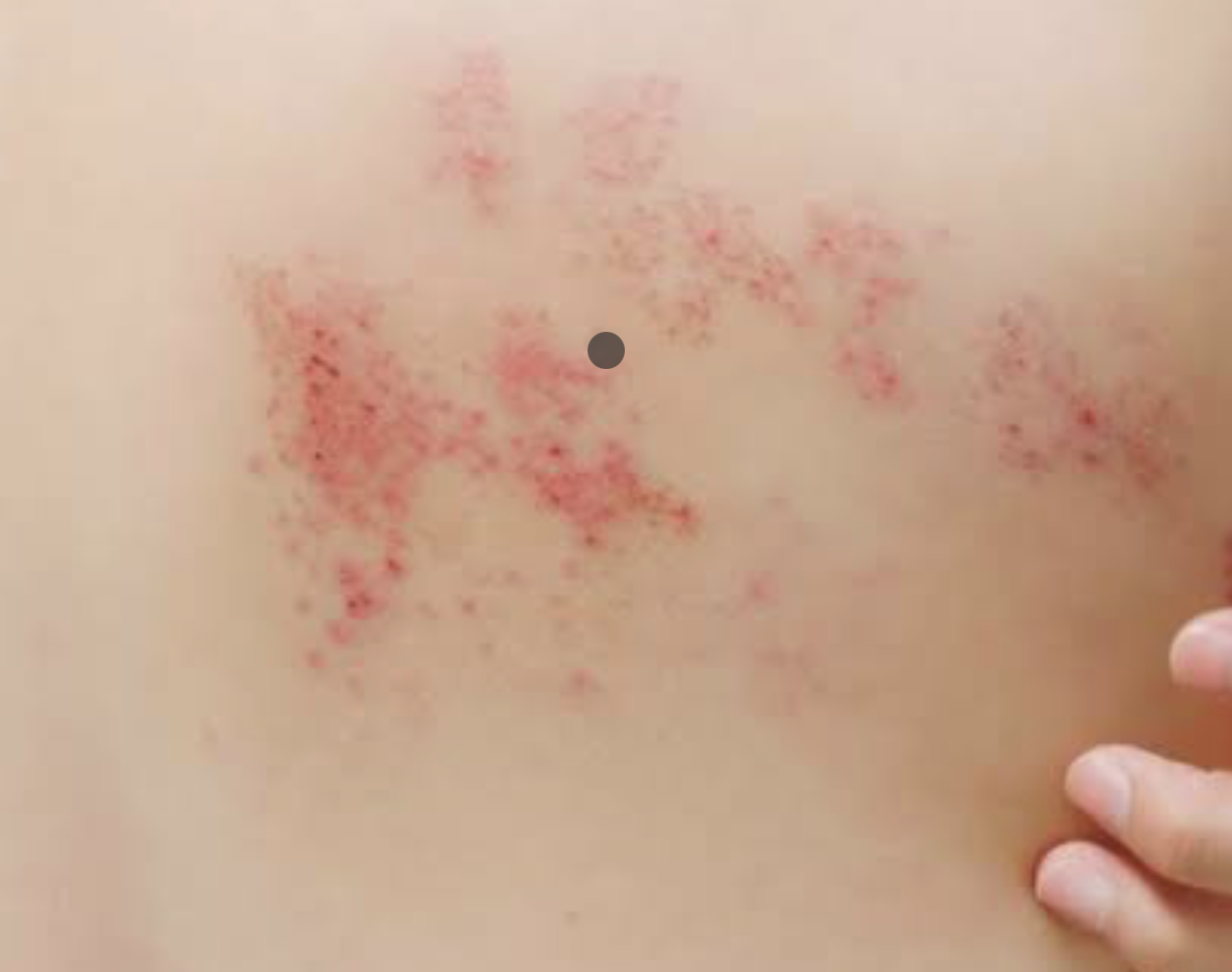Shingles;
Shingles is a skin disease that typically occurs in later years as a result of the reactivation of the varicella-zoster virus, which causes chickenpox during childhood. After a chickenpox infection, the virus remains dormant within nerve cells (while sleeping) without causing a harvest until it becomes active again when the immune system is weakened or under stress.
Symptoms usually begin with pain, burning, and itching along the affected nerve pathway on the right or left side of the body, such as the waist, chest, or face. A few days after these symptoms, red and fluid-filled blisters appear on the skin, similar to chickenpox. Most blisters dry out and form scabs within 2-4 weeks.
The disease symptoms can be more severe in individuals with a weakened immune system or the elderly. It can even lead to a challenging chronic pain condition known as "postherpetic neuralgia." Early initiation of treatment reduces the risk of developing postherpetic neuralgia.
Treatment involves the use of antiviral drugs, potent pain relievers, and creams.
Postherpetic Neuralgia;
Postherpetic neuralgia is a condition where pain persists despite the resolution of skin symptoms in individuals who had shingles.
The pain is characterized by severity, burning, tingling, or sharp pain and can last for months or even years. While the exact cause is not fully understood, it is believed that the virus causes permanent damage to the nerves. This damage makes the nerves excessively sensitive, causing a pain response even to stimuli that wouldn't normally induce pain.
Treatment typically aims to relieve pain and control symptoms. Conventional pain relievers, anticonvulsant drugs, some antidepressants, and even weak or strong narcotic analgesics can be used to manage pain.
In cases where pain cannot be adequately controlled with pain relievers, advanced interventional pain treatments such as nerve blocks, radiofrequency therapies, or neuromodulation are applied.

 EN
EN 

